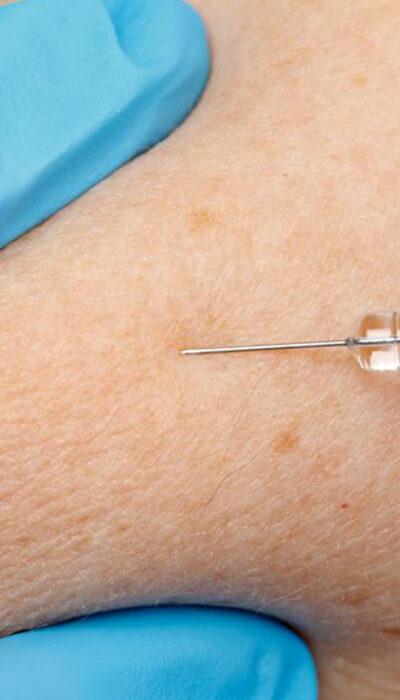
All You Need to Know about Pulmonary Embolism
Pulmonary embolism is a common cardiovascular disease in the country. When the pulmonary artery in the lungs gets blocked by a blood clot, pulmonary embolism (PE) occurs. The pulmonary artery is responsible for supplying blood to the lungs. Due to the presence of the blood clot, the blood flow gets restricted resulting in decreasing levels of oxygen in the blood. PE is a serious and life-threatening condition that can not only damage a part of the affected person’s lungs but can also cause damage to other organs. According to various medical research reports, almost one-third of patients who have PE pass away because of no treatment or diagnosis. To avoid severe outcomes like permanent damage to the lungs, patients require emergency treatment. By recognizing the symptoms of pulmonary embolism, one can understand when they need to schedule an appointment with the doctor. Symptoms of pulmonary embolism The intensity of the symptoms of this cardiovascular disease can vary depending on the size of the blood clot along with the position where it lodges in the lungs. One of the most common symptoms of PE is shortness of breath. Typically, this symptom appears suddenly and gets worse with exertion. Some of the other symptoms of pulmonary embolism include: Sharp and unexplained chest pain: This pain can slowly extend into the other body parts including the neck, arms, shoulder, and jaw. It can feel like having a heart attack. The pain might get worse with deep breathing, eating, coughing, stooping or bending. With exertion, the pain would get worse. Even while resting, it will not go away completely. Tendency of fainting Excessive anxiety Rapid breathing Bluish or clammy skin Lightheadedness Irregular heartbeat Weak pulse Blood spitting up Restlessness If one notices any of the symptoms mentioned above, especially shortness of breath, they must seek medical attention immediately.










